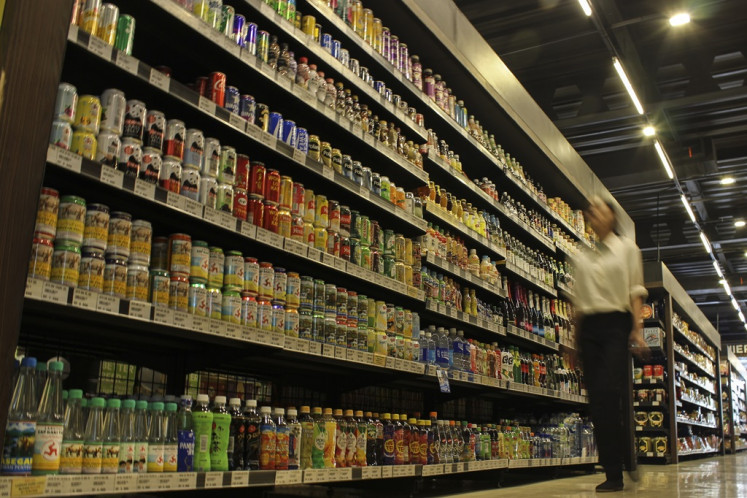Popular Reads
Top Results
Can't find what you're looking for?
View all search resultsPopular Reads
Top Results
Can't find what you're looking for?
View all search resultsWho should bear the costs of the new normal?
Now, the question is: who should pay for these emerging “new normal” costs?
Change text size
Gift Premium Articles
to Anyone
T
he “new normal” is the new black. Governments around the world are considering reopening the economy after lockdowns, even amid the threat of a second wave of COVID-19.
The new normal requires strong prevention protocols to avoid further infection. Authorities have warned that a second wave might bring more victims, and therefore, it is important for entities to introduce strict health measures.
As a result, operating during the new normal brings new and unprecedented costs for the government because of the imperative health and safety measures. For example, health control measures in public places, such as safe distancing, and appropriate health infrastructure, such as masks and hand sanitizer, require the government to spend more money than before. These efforts will obviously be funded by the public through various government funding schemes.
At the same time, businesses will start to see the costs of various health and safety measures to avoid COVID-19 transmission. This is not to mention that many retail businesses will need to operate at half capacity because of physical distancing, thereby reducing their potential revenue.
Read also: Major regions still classified as red zones despite claims of improvement
Now, the question is: who should pay for these emerging “new normal” costs?
The most intuitive approach would be to charge these costs to the market and the customers. However, as a result, prices would increase and all the activities that we took for granted under the “old normal” would become more expensive. Unfortunately, this would place a burden on society, and it could be bad for the economy too.
Most importantly, this approach may not be fair to customers as they would have to “pay” for the costs of public health and safety measures.
Fortunately, business model innovation may help companies to keep prices low. To this end, companies may need to trade off some existing offers for the sake of health and safety. Think of how low-cost carriers traded off the premium experience of air travel (more leg room, premium meals, etc.) for flight safety within the constraints of low ticket prices. Similar approaches can be applied so existing business can still sell the same products at the same price with downgraded features that have been traded off to cover the costs of the “new normal”.
As an illustration, you may be charged the same price for a cup of coffee as in the “old normal”, but you may need to bring your own glass because the stall has traded off the cost of single use cups for the safe distancing measures that it has applied.
Second, the owner of a business may allocate the cost of the “new normal” by incorporating its health and safety costs into the company’s Corporate Social Responsibility (CSR) initiatives. Being socially responsible means that the company needs to take a fraction of the profit and reinvest it in the health and safety infrastructure required to prevent the spread of COVID-19.
By doing so, companies could extend their social responsibility by ensuring that their operations were safe from COVID-19 and healthy for their customers and stakeholders.
Read also: Jokowi changes 2020 state budget again, with deficit at 6.34% of GDP
However, this approach has a downside. As the cost of true CSR should not be charged to customers, the continuation of the health and safety initiatives from the CSR perspective might be interrupted when the companies are no longer booking a profit or when shareholders demand a greater return on their investment.
Therefore, businesses need to be cautious about using CSR to finance health and safety initiatives.
Third, what about micro businesses that cannot afford to do value trade-offs or CSR activities? In this case, the government should cover the cost of the new normal through incentives and assistance.
The government should apply a selective scheme for micro businesses to help them to manage health and safety initiatives. For example, the government can offer assistance to redesign the way a warung (small shop) operates so it complies with the “new normal” standards without changing the cost structures.
It is likely that the three approaches will need to be combined so the burden of implementing the new normal is distributed equally across different sectors. The new normal is a collective responsibility, and therefore, everyone should take part in it and offer important contributions.
***
The writer is head of the Center for Innovation, Design and Entrepreneurship Research at Binus University – International. The views expressed are his own.










